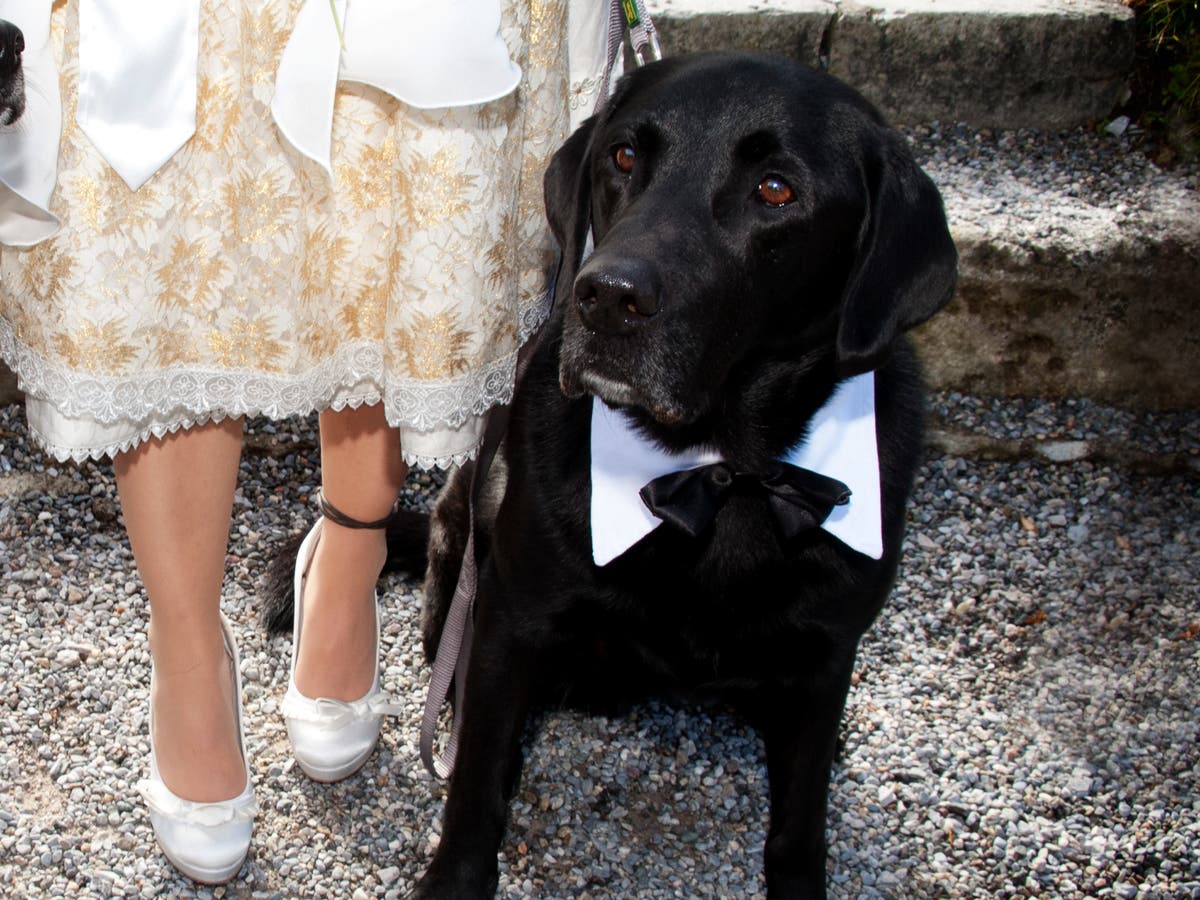Mrs is mainly used for married women.
Reports suggest that men were formerly called sir, while women were called madam, whether married or single.
We don't even think much about the many words that are spoken in our daily lives. We skip many words when we hear or say them. There is one of those words that is part of our formal and informal lives. Since we were children we have used it in writing and speaking, but we do not know its scope or its meaning. Normally, when writing a name in English, we use the adjective Mr for men and Ms or Mrs for women. Have you ever wondered why this is?
In the 16th century, the word lord was reportedly used as a prestigious title in English. Its short form is Mr and it applies to both married and single men. On the other hand, the word miss was used to refer to women. The epithet Ms is used for single women and Mrs when she is married, or it can also depend on what she prefers.
Reports suggest that men were once called sir, while women were called madam, whether married or single. Today, the term mistress is not used in the same way because it could refer to a woman in a relationship with a married man.
Miss is used for young or single women, while Mrs is a short version of Missus, used by married women. The short form Ms was reportedly introduced in the 1950s for women to avoid being identified by their marital status, and gained popularity in the 1970s.
Nowadays, a woman can simply be called Mrs regardless of her marital status. However, it is always better to refer to a woman as madam to avoid assumptions and misunderstandings.
Mrs, although it is most commonly used by married women, widows and divorcees also prefer to use it because they wish to maintain the title. They might feel insulted if you call them Mrs. As mentioned above, the full form of Mrs is lady, which indicates a married woman; however, the 'r' in the abbreviation represents the original word, lover.












